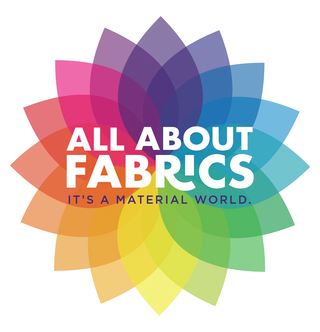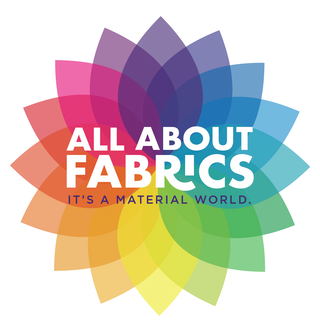Rains may come and go, but waterproof clothing will last forever. Don't you agree?
Waterproof clothes and water-resistant fabrics are not the favorites in the fashion industry because of their utility-first design, but they are irreplaceable.
We've seen that cold and wet weather can be a massive hindrance to outdoor activities and adventures that you may have been planning for months. If you are planning to make or buy diapers, handkerchiefs, raincoats, or even furniture covers, you have to look for a material that does not let water seep through it.
Whatever may be the reason, waterproof clothing is a must for everyone. If you don’t want the bad weather to rain on your parade, then read further for some effective clothing tips that can be used for rainy days.
Cotton with layered wax
This might seem a little complex so let's try to break it down. Waxed cotton is nothing but a closely woven cotton fabric that is coated with wax. It has a tough exterior that makes it look attractive due to a lack of creases and folds of wax. Canvas material may be water-resistant to a certain level depending on its weave density.
The additional coating on the surface is what gives it the desired waterproof effect. You must note that the quality of this material is expensive, but a worthy purchase for outdoor fabric.
Polyester Material and Nylons
An unknown fact is that polyester and nylon are not resistant to water per se. It is because of how they are woven. These two clothes have a special coating used to make almost all kinds of waterproof clothing, raincoats for example.
The inside of the fabric is coated by a thin layer of a chemical called polyurethane. Both these materials are usually available in markets offering wholesale sewing supplies. Though water-resistant, these two fabrics are not as breathable and durable as their alternatives.
Laminated Cloth
Laminated fabrics are usually used as an alternative cloth to Polyurethane Laminate (PUL). Sounds exotic? Both of them are drawn from the same method. The fabric is given a thin coating of waterproof material. Among the two, PUL is more effective and long-lasting. But the benefit of using laminated fabrics is that it is environmentally friendly and should be preferred more for this purpose.
This kind of fabric is used to manufacture protective clothes such as raincoats, jackets, water-resistant hats, and it dries fast as compared to other fabrics. It is also very durable to wear under extreme conditions. A great buy, isn't it?
Oilcloth
Oilcloth, technically also known as enameled cloth, is also a densely woven cloth, or linen cloth. A personal favorite with most consumers. It contains a small coating of a heated oil of linseed that makes it waterproof. In the olden days, this was the method used to make oilcloth. In modern days, oilcloth refers to a cotton material or linen with a tapering of vinyl.
The end product of the material is usually matt. Oilcloth is useful to clean greasy surfaces and is used to make kitchen equipment, crockery coverings, etc. However, it should be kept in mind that this material is not meant for purposes of clothing.


